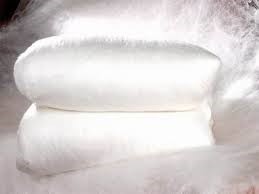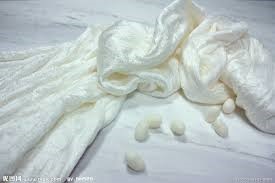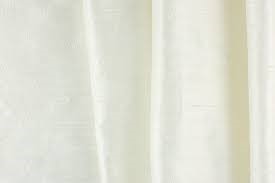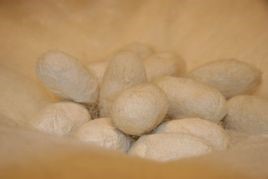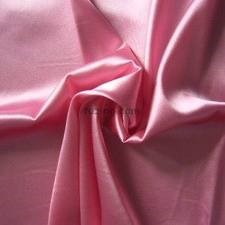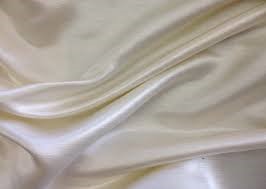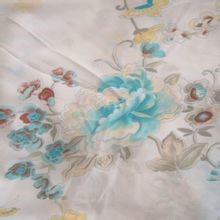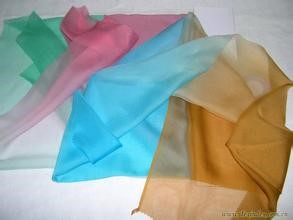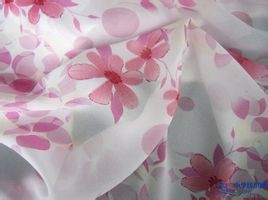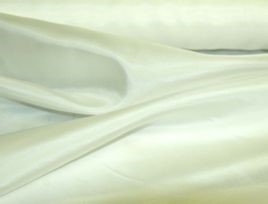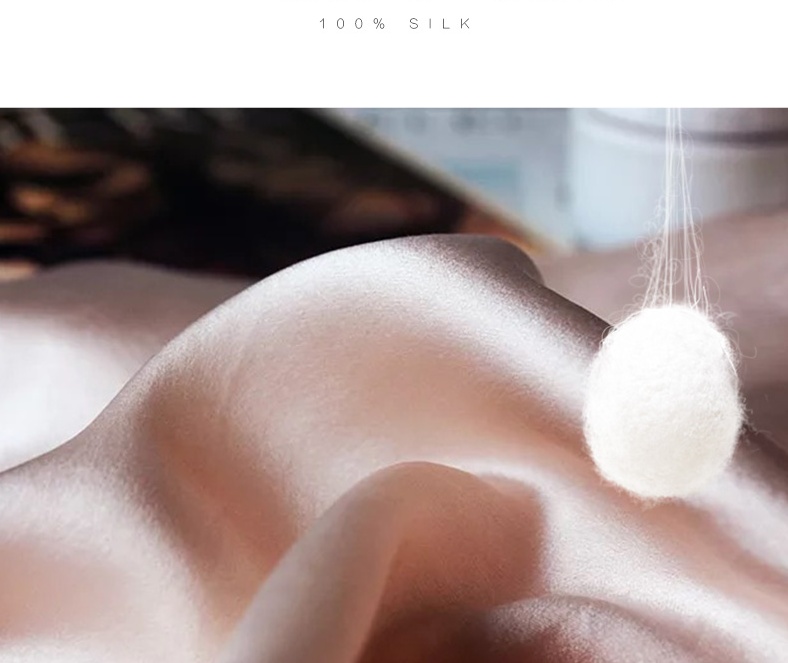
How well do you know your silks?
We’re often asked by many of you about the qualities of the different silks we use and why some are more suitable for certain activities than others.
We’ve therefore provided a mini guide to help you with your shopping.
What’s Mulberry Silk? Mulberry silk is the most common and widely used silk around the world, and accounts for about 90% of the world’s supply.
- the bulk of silk produced around the world comes from the mulberry variety. is produced by the Bombyx mori silkworm who feed on mulberry bushes.
- he careful breeding for quality and the strict diet of mulberry leaves are what make the end product, mulberry silk, the very finest silk available today.
- The disadvantage of using mulberry silk is that it requires extra care to maintain its smooth texture.
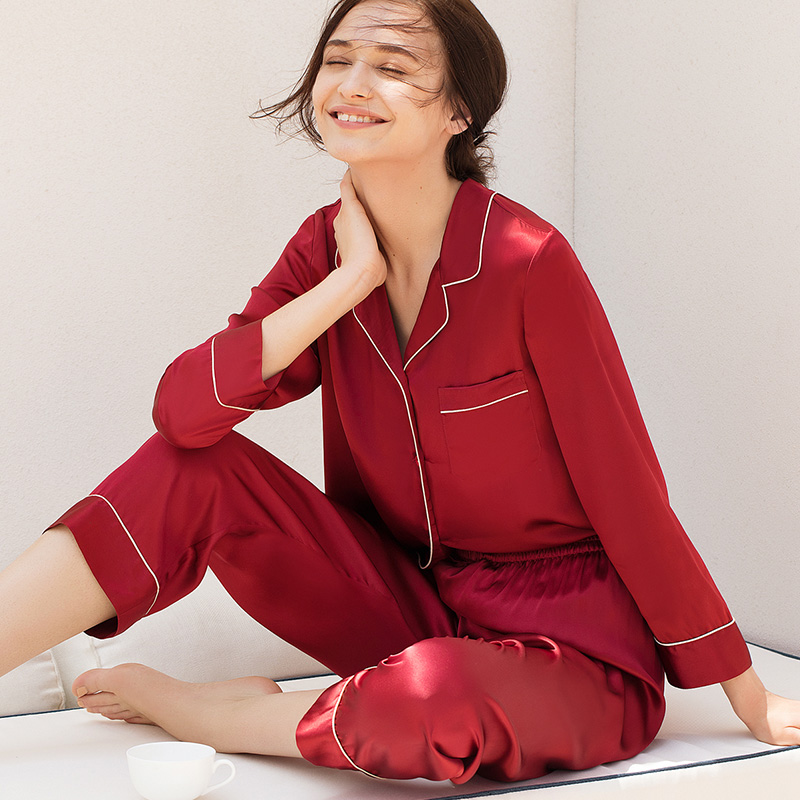
Silk pajama set 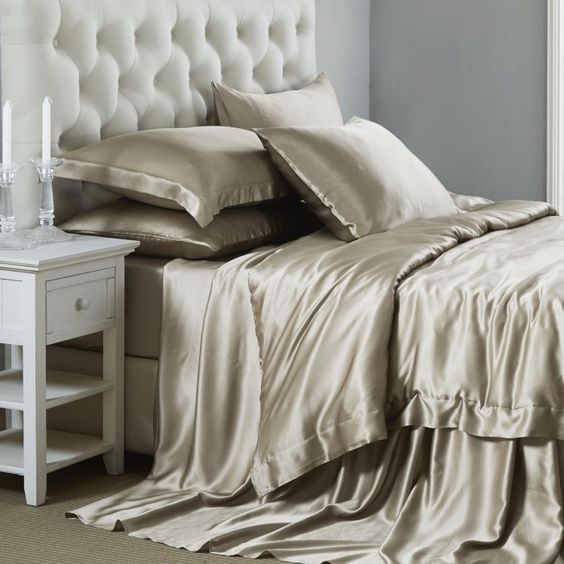
Pure silk bedding set
Charmeuse Silk (Satin Silk)
- Used in everything from bedding to dresses to shirts.
- Lightweight and has a natural elasticity, which makes it the ideal fabric for use in sheets, pillowcases and other kinds of bedding.
- The front of the fabric has a satin sheen to it while the back has a dull finish.

Tasar Silk
- Made from wild silkworms which have not been bred.
- Not as soft or durable as cultivated silk.
- Most wild silk comes from India and not China.
Eri Silk
- A creamy white-colored silk.
- Derived from two domesticated species of silkworms known as Samia ricini and Philosamia ricin.
Muga Silk
- Golden yellow in color.
- Belongs to the same genus as the Tasar silkworm.
Spider Silk
- A non-insect silk variety that is soft and fine in texture.
- The most difficult silk to produce as spiders cannot be bred like silkworms and do not produce as much yarn as silkworms.
Mussel Silk
Obtained from bivalve found in shallow waters along the shores of the Italia and Dalmatia of Adriatic.
Anaphe Silk
Commonly produced in the southern and central African countries.
Coan Silk
Poduced from the larvae of the Pachypasa atus which is common in the Mediterranean region covering Italy, Greece, and Turkey.
